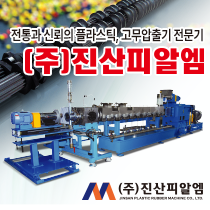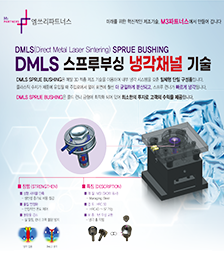Market trends
AI makes material analysis faster and easier
AI makes material analysis faster and easier

XAS makes the identification of materials and their properties easier
Scientists have developed a new way to use artificial intelligence (AI) to automatically identify what materials are made of and what their properties are. The method uses X-ray absorption spectroscopy data to quickly and accurately identify materials, which could speed up the development of new technologies. X-ray absorption spectroscopy (XAS) involves shooting high-energy X-rays at a material and recording how X-rays of different energy levels are absorbed. XAS produces a spectrum of X-rays with varying energies. This spectrum, called spectral data, acts like a unique fingerprint of the material, helping scientists to identify the elements present and understand how the atoms are arranged. So far, experts have had to manually analyse this fingerprint by examining the data and comparing it to known materials.
Developing an automated method that can establish a clear and objective link between XAS data and the underlying material properties has been a long-standing challenge – but it is one which researchers in Japan say they have now begun to overcome with the help of machine learning. Their study was published in the journal Scientific Reports on 10 November 2025. The research team, headed by Professor Masato Kotsugi from the Department of Material Science and Technology at Tokyo University of Science (TUS), Japan, tested four machine learning methods: Principal Component Analysis (PCA), Multidimensional Scaling (MDS), t-distributed Stochastic Neighbor Embedding (t-SNE), and Uniform Manifold Approximation and Projection (UMAP).
The team trained the AI using data from three different phases of boron nitride, a material used in electronics and energy storage. Due to atomic modifications, structural defects, impurities, and doped elements, various boron compounds display unique, complex spectral variations. Using AI, this highly complex data with many variables is simplified to its core components, capturing only the essential features. In XAS, where datasets can contain thousands of variables, machine learning enables scientists to focus on patterns that genuinely reflect the materials’ electronic states.
Of the methods tested, UMAP performed exceptionally well in classifying complex spectral data according to different atomic structures and defects. It also represents a more sophisticated approach than the team’s previous statistical-similarity-based method. Although that method was accurate, this new AI-driven approach demonstrates even greater accuracy and can also identify meaningful variations in electronic states.
Discussing the study’s impact, Prof. Kotsugi noted that this method ‘demonstrates the potential of autonomous structural identification, opening up new possibilities for data-driven material design and development of novel materials.’ Looking ahead, it has the potential to accelerate the development of new materials, advancing key fields such as semiconductors, catalysis, and energy storage, and helping build a more sustainable future.
* Source : https://www.plasticsnews.com/news/ai-makes-material-analysis-faster-and-easier/




















